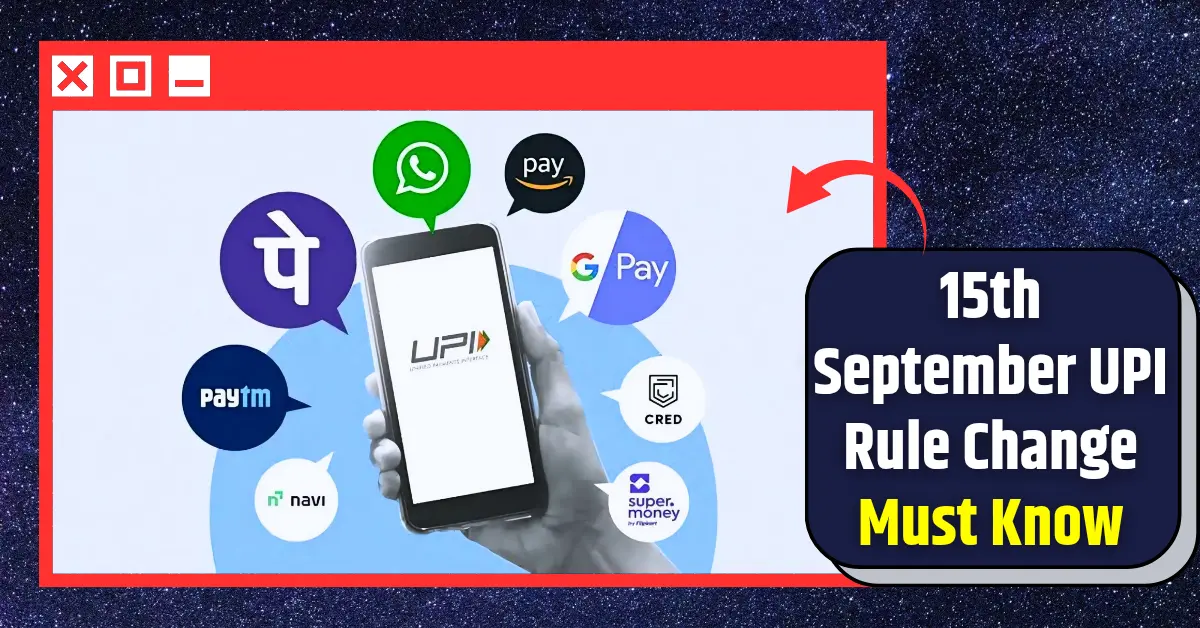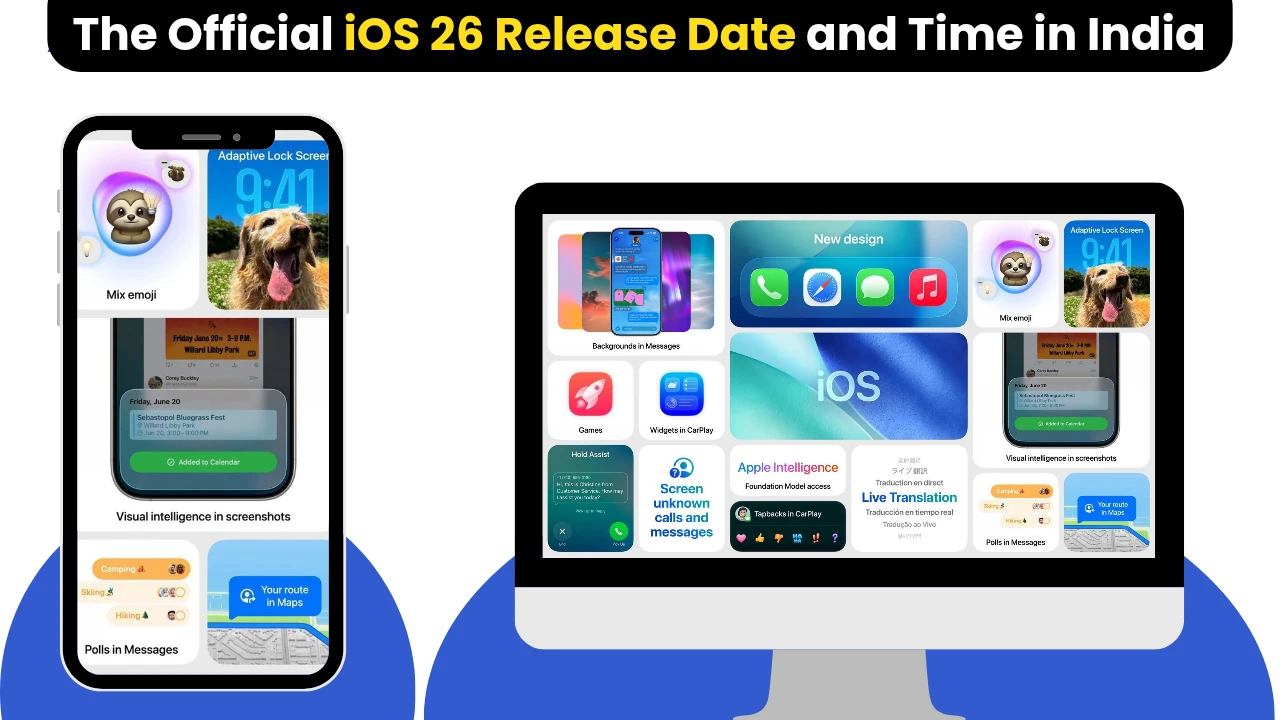UPI Rule Change: The way India transacts has changed forever, thanks to the Unified Payments Interface (UPI). From paying for a cup of tea at a street vendor to settling large bills, UPI has become the backbone of our digital economy. The National Payments Corporation of India (NPCI) has once again made a significant move to push this revolution forward. Starting September 15, 2025, new rules for UPI payment are coming into effect, and they are especially important for users of popular apps like Paytm, GPay, and PhonePe.
But what exactly is changing? While your everyday peer-to-peer (P2P) transfers remain largely unaffected, a major overhaul is happening for high-value transactions. If you use UPI for things like investments, insurance payments, or even buying jewelry, these new guidelines are crucial to understand. This post will break down everything you need to know, so you can continue using your favorite UPI apps seamlessly and without any surprises.
New Rules for UPI Payment from September 15: The Big Changes
The core of the new guidelines revolves around enhancing the limits for specific merchant categories. This isn’t about letting you transfer more money to a friend; it’s about making UPI a viable and secure option for large-ticket purchases and financial transactions.
Here’s a detailed breakdown of the key changes coming on September 15:
Enhanced Limits for High-Value Transactions
The previous limit of ₹1 lakh per transaction for many categories has been significantly increased. This change applies specifically to Person-to-Merchant (P2M) payments where the merchant is verified by NPCI.
- Capital Markets & Insurance: The per-transaction limit has been raised from ₹2 lakh to ₹5 lakh. The new daily cumulative limit for these transactions is ₹10 lakh. This is a game-changer for anyone making investments or paying large insurance premiums.
- Government Payments: For transactions like tax payments or fees on the Government e-Marketplace, the new per-transaction limit is ₹5 lakh, with a daily cumulative cap of ₹10 lakh.
- Credit Card Bills & Loan Collections: Paying your credit card bills or loan EMIs via UPI just got easier. The per-transaction limit is now ₹5 lakh, and the daily cap has been set at ₹6 lakh for credit card bills and ₹10 lakh for loan collections.
- Jewellery & FX Retail: Even for luxury items, the limits have been enhanced. Jewellery purchases now have a per-transaction limit of ₹2 lakh and a daily cap of ₹6 lakh. For foreign exchange (FX) retail transactions, the limit is ₹5 lakh.
These enhanced limits reflect NPCI’s vision to make UPI a one-stop solution for all financial needs, from micro-payments to major investments.
Why This Change is a Big Deal for PAYTM, GPAY Users
As a user of major platforms like GPay and Paytm, you are at the forefront of these changes. These apps are responsible for implementing the new rules and ensuring their systems can handle the higher transaction values.

- Seamless High-Value Payments: Previously, you might have had to rely on NEFT or RTGS for large payments. Now, you can use the same convenient UPI interface for these transactions, saving time and effort. For example, instead of a manual bank transfer for a large insurance premium, you can now complete it instantly with a few taps on your GPay or Paytm app.
- New Use Cases: The increased limits open up new avenues for digital payments. Imagine funding your demat account for a share purchase, paying for a high-value travel package, or even settling business-to-business (B2B) invoices—all instantly via UPI. This is a massive leap forward from its original use case for small-scale retail payments.
- Security and Reliability: With higher limits come greater security responsibilities. NPCI has mandated that all Payment Service Providers (PSPs) and banks verify merchants before offering these enhanced limits. This ensures that your high-value transactions are secure and processed with the same level of reliability that has made UPI so popular.
Fact Check: According to recent data, UPI transactions surpassed the 20 billion mark in a single month in August 2025, demonstrating its immense scale and reliability. This number underscores why measures like these are essential to maintain system stability and efficiency.
What Stays the Same?
It’s important to note that not everything is changing. Your daily, routine transactions will continue as they always have.
- P2P Transfers: The standard peer-to-peer (P2P) transfer limit of ₹1 lakh per day remains unchanged. This is a deliberate move to ensure that the core functionality of UPI for everyday transfers is not impacted and that security measures for high-volume, low-value transactions remain robust.
- General Merchant Payments: For your regular shopping, grocery bills, or other small merchant payments, the limits and processes will remain the same. The new rules only apply to the specific, high-value categories listed above.
Also Read: UPI Payment Fee: क्या सरकार UPI पेमेंट पर शुल्क लगाने की योजना बना रही है? जानिए सच्चाई
How to Prepare as a User
As a user, preparing for these changes is simple. The main responsibility falls on your payment service provider (PSP) like Paytm, GPay, or your bank.
- Update Your App: Ensure your Paytm or GPay app is updated to the latest version available on the app store. App developers will roll out these new features through updates.
- Verify Merchant Accounts: When making a high-value payment to a new merchant, always double-check the details. The enhanced limits are only for verified merchants, so a quick check can save you from potential fraud.
- Monitor Your Limits: While the new caps are generous, it’s always good to be mindful of your daily and per-transaction limits, especially for a single app. Your bank might have its own internal policies, so it’s a good practice to be aware of those as well.
Original Insights: Beyond the Rules
This shift is more than just a numbers game; it represents a deepening of India’s digital-first approach. By raising the UPI limits for specific sectors, NPCI is effectively legitimizing UPI as a tool for formal financial transactions.
This move will also likely lead to:
- Greater Merchant Adoption: As businesses see the potential for high-value transactions, more will integrate UPI payment gateways, making it even more ubiquitous.
- Reduced Friction in B2B Payments: Small businesses and freelancers can now use UPI for larger invoices, bypassing traditional bank transfer methods that can be slow and cumbersome.
- Increased Competition Among PSPs: With new use cases and higher transaction values, apps like GPay and Paytm will likely introduce new features and incentives to attract and retain high-value users, potentially including tailored rewards programs for investments, insurance, and more.
Your Digital Wallet Just Got More Powerful
The new rules for UPI payment from September 15 are a testament to the platform’s incredible growth and a clear signal of its future. For millions of Paytm, GPay, and other UPI app users, this means greater convenience, power, and security for a wider range of financial transactions.
This is an evolution from a simple payments tool to a comprehensive financial platform. So, go ahead and update your app.
The next time you need to pay an insurance premium or fund an investment, remember that your UPI app is now more capable than ever before.
Ready to leverage the new UPI limits? Start by exploring your app’s features and see how you can make your high-value payments more efficient.

















